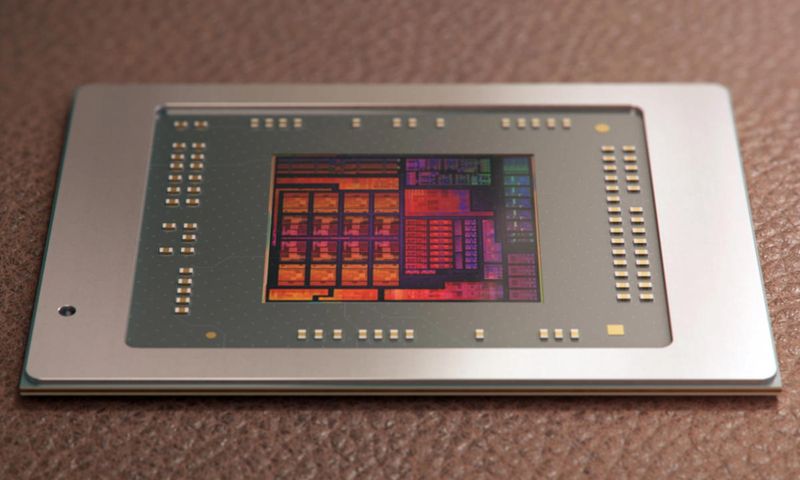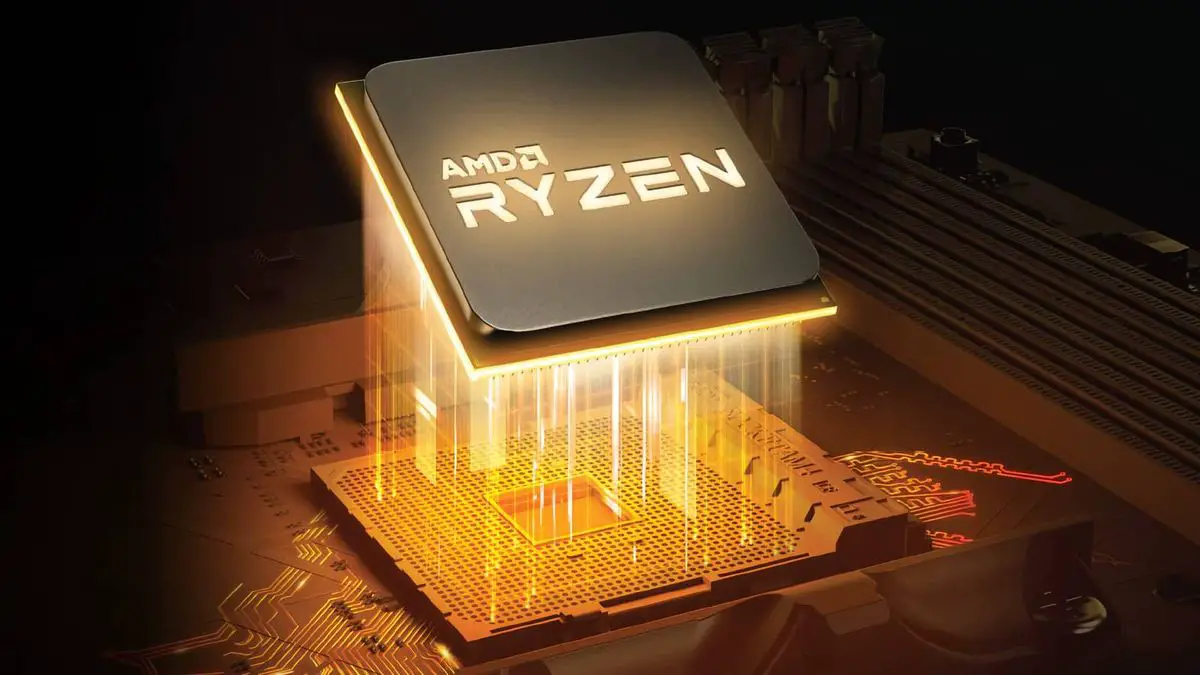The Ryzen 5000G APUs will complete the large family of processors that AMD is building around its ZEN 3 architecture. In the absence of their official presentation, we have received leaked information on three of these models that the company will market in search of efficiency, integration, and low cost.
Not all users need the high performance of desktop CPUs. Or they can’t afford the high cost they demand, also taking into account that they require an additional expense in dedicated graphics. And you know how the graphics market is for various reasons (cryptocurrency, low production…), with no inventory and very high retail prices that do not invite to buy.
This Ryzen 5000 G is perfect as an alternative for system integrators, OEMs, and also for users. These are APUs, accelerated processing units as AMD calls them, which include CPU, GPU, and memory controller in the same die. This allows lower costs and reduces the final selling price.
Ryzen 5000G APU models

Three models have been leaked. All have a TDP consumption of 65 W and the same core count as their 4000 series predecessors. The improvements come from the ZEN 3 architecture itself as we have seen in the “U” series for notebooks, the Cezanne chips manufactured in 7nm processes that offer a significant jump in IPC, increased operating frequency, more cache memory, and higher graphics performance from the hand of the Vega series. As far as we know we can highlight:
- AMD Ryzen 7 5700G: An APU with 8 cores and 16 threads, operating frequencies from 3.8 to 4.6GHz, 16MB third-level cache, and Vega 8 GPU.
- AMD Ryzen 5 5600G: An APU with 6 cores and 12 threads, operating frequencies from 4.0 to 4.2GHz, 8MB third-level cache, and Vega 8 GPU.
- AMD Ryzen 3 5300G: An APU with 4 cores and 8 threads, operating frequencies from 3.9 to 4.4GHz, 16MB third-level cache, and Vega 8 GPU.
This Ryzen 5000 G is interesting for users who do not need large CPUs that, in addition to a higher price, require additional investment in dedicated graphics and higher level in all other components, whether RAM, SSD, or power supplies for power supply. These APUs will be ideal for low-cost desktops, AIOs, mini-PCs for desktops or home theater equipment.
Analysis of previous engineering samples such as the one in the video below has shown how these APUs, in addition to fulfilling basic computing and multimedia tasks, allowed running large current games with resolutions up to FHD.
We will have to wait to see the final working frequencies set by AMD and the level of these Vega 8 GPUs that could be enough for a good group of users. And all this with quite reduced power consumption and price on a typical tower. We have no price or release date, but it won’t take too long to see these APUs in the hands of some integrators.





